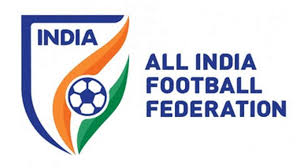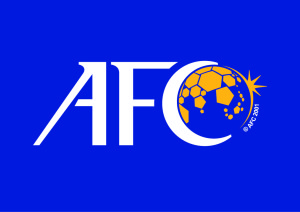By Samindra Kunti
July 29 – The crisis in Indian football is deepening after All India Football Federation (AIFF) secretary general Kushal Das said that the federation will need time to implement the recommendation from a 2018 FIFA/AFC report to form a unified league.
Last week world federation FIFA requested an update from AIFF about the current landscape in the Indian domestic game after six I-League clubs wrote to Zurich, asking for help as they feel threatened by the AIFF’s presumed intention to promote the Indian Super League s the country’s top tier league, leaving the I-League out in the cold.
In February 2018 FIFA and the Asian Football Confederation recommended a unified league with 14 teams by 2020-21 in the 14-page report ‘The Sustainable Development of Top-Level Indian Club Football – A Road Map’, but after sitting on the document for 18 months, the AIFF has said it can’t implement the recommendations.
“Regarding this FIFA/AFC road map given in 2018, there are a lot of things which cannot be implemented right now. That’s why we are trying to slowly implement them,” said AIFF general secretary Kushal Das. “We completely accept that FIFA/AFC has given these recommendations but some of these are probably a little bit tough to implement. We are following the path broadly but it will take time. If you go strictly according to the recommendations, it will not be easy to implement them.”
The Roadmap has a consultative nature, but the authors Alex Phillips, head of Asia-Europe Affairs at the Asian Football Confederation, and Nic Coward, a football consultant, set out clear advice for the AIFF, namely an egalitarian co-existence between the I-League and the ISL before a unified league is introduced. The report spells out the details, including a 2018-19 deadline for a parallel league and how a system of promotion and relegation can be implemented.
In the AIFF’s future vision, the ISL would become India’s top league, but with no system of promotion and relegation, de facto relegating all I-League clubs to the second tier of the game.
“We told the AFC we accept these recommendations in good faith and we want to do it but give us a little time,” said Das. “The AFC said fine. So, we will go back to the letter we sent to the AFC, saying (to FIFA) that these are the issues.
“If you are saying to give financial guarantees and back guarantees, that is probably not going to be possible at this point in time. The clubs which may enter the top tier will be difficult to abide by the participation agreement and pay the existing franchise fee.”
He pointed to the example of Kolkata giants Mohun Bagan and East Bengal who expressed interest in joining the ISL, but pulled out on account of the Rs15 crore (1.8 million euros) franchise fee required to enter the league.
The inertia of the federation is however hurting the future of the Indian game. The AIFF has long claimed they’d offer a solution to India’s bi-league system, where the I-League runs concurrent with the Indian Super League, modelled after the IPL and backed by Reliance, but so far the AIFF has done very little to resolve the schism in the Indian game. The latest revelations only underwrite that assessment.
In March seven I-League clubs pulled out of the Super Cup in Bhubaneswar, demanding a meeting with AIFF president Praful Patel to decide on a roadmap for the future of Indian football. Patel ensured the clubs he’d grant them a meeting in April, but that was not enough to appease them and they still withdrew from the competition. Later, he told the clubs that he will guarantee the existence of the I-League for another 2-3 years.
The I-League clubs represent the old establishment of the Indian game. In 2007, AIFF rebranded the National Football League, revamping it as the I-League, but in 2010 AIFF signed a 15-year deal with IMG-Reliance worth Rs 700 crore (€87.5 million), giving IMG-Reliance the right to rebrand the I-League or start a new league altogether.
In 2014 IMG-Reliance launched the ISL. The contract between the federation and IMG-Reliance stipulates that the ISL will become India’s top league. That leaves the future of the eleven I-League clubs in the balance. Since the inception of the I-League 20 clubs have come and gone, but even the ISL is struggling with the future of Pune City and Delhi Dynamos looking uncertain.
Contact the writer of this story, Samindra Kunti, at moc.l1745224029labto1745224029ofdlr1745224029owedi1745224029sni@t1745224029catno1745224029c1745224029


